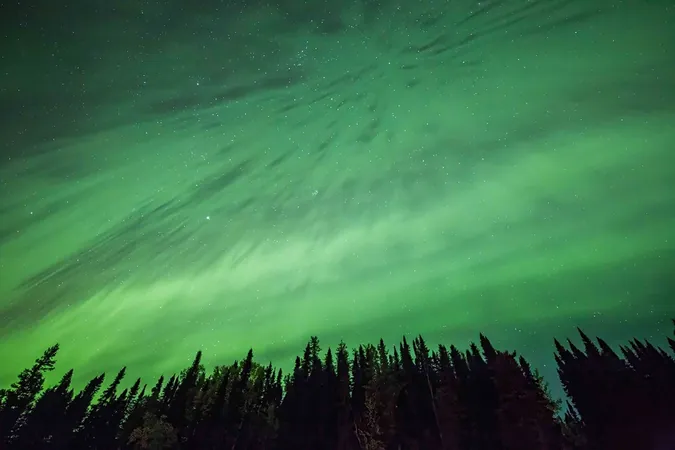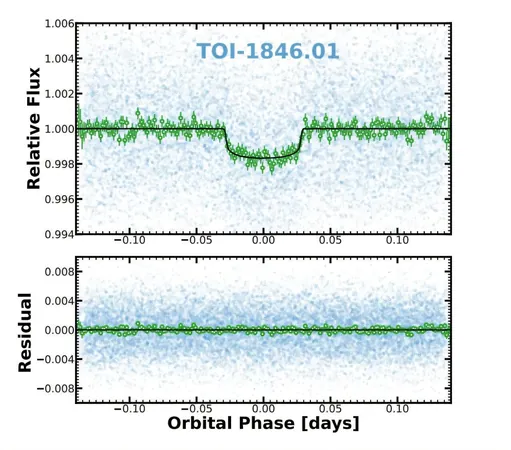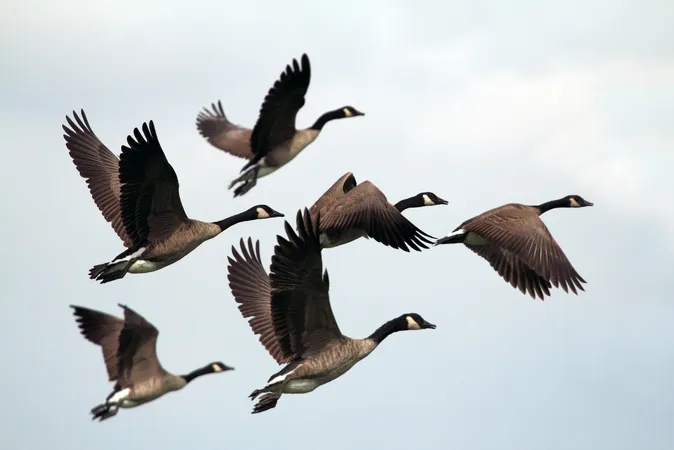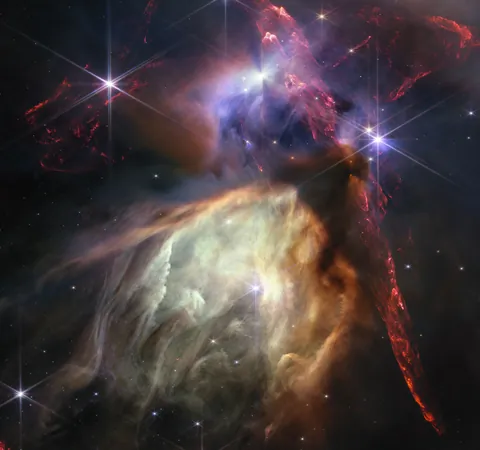
NASA Set to Unravel Mysteries of Flickering Auroras with Upcoming Rocket Launches
2025-01-21
Author: Emma
NASA Set to Unravel Mysteries of Flickering Auroras with Upcoming Rocket Launches
In an exciting new venture, two NASA rocket missions are preparing to soar through the skies of Alaska, aiming to uncover the secrets behind the mesmerizing phenomena of auroras. Scheduled to launch on January 21, 2025, from the Poker Flat Research Range near Fairbanks, these missions will delve into why some auroras flicker, pulse, or appear to have mysterious dark spots.
The aurora borealis, also known as the northern lights, is not just a stunning visual spectacle; it is a window into the complex interactions between Earth's magnetic field and the solar wind. These auroral displays are created by the collision of energized particles, mainly electrons, with gases in Earth’s atmosphere. While many appreciate these cosmic light shows for their beauty, scientists like Marilia Samara and Robert Michell are determined to understand the intricate physics at play behind these luminescent curtains.
As principal investigators leading the two missions, Samara and Michell compare their approach to that of crime scene investigators, piecing together clues from the auroras to answer pivotal questions: What drives the electrons into wild spirals? Why do some auroras behave differently from others?
The first mission, dubbed GIRAFF (Ground Imaging to Rocket investigation of Auroral Fast Features), will involve two rockets equipped with identical instruments. Each rocket will aim at distinct auroral types: one will target fast-pulsating auroras that flash multiple times per second, and the other will investigate flickering auroras that can blink up to 15 times per second. According to Michell, the flickering of these auroras can be likened to the flicker of an old television set.
By launching rockets into these distinct auroral features, the team hopes to measure crucial parameters such as the energy and quantity of the electrons, as well as their arrival times. Through this data, researchers aim to identify the different processes that accelerate electrons, shedding light on the conditions that lead to varied auroral behavior.
The second mission, led by Samara, will focus on the enigmatic “black auroras,” regions of the sky where the expected light is conspicuously absent. Past research has suggested that these dark patches may form where electrons reverse direction and escape into space. However, confirming their nature requires a detailed understanding of the electron dynamics in such regions. Samara's team will conduct their explorations in the Black and Diffuse Aurora Science Surveyor mission, unveiling the electron populations surrounding these fascinating black spots.
Conducting rocket launches through auroras poses significant challenges, particularly in Alaska—a region that regularly witnesses auroral displays in winter. The teams will use ground-based cameras to monitor auroral movements in real-time and will synchronize their launches with these celestial events. This requires not only precision but also a keen intuition about the ever-changing nature of auroras.
Michell emphasizes the importance of timing, stating, "We will be tracking these luminous structures with all-sky cameras, attempting to launch at just the right moment.” As they navigate the complexities of timing and altitude, both teams remain committed to their scientific missions, driven by curiosity and the thrill of discovery.
This captivating venture promises to deepen our understanding of the auroras and the forces that govern them, potentially offering insights that will benefit not only space exploration but also technologies on Earth that rely on satellite communications and navigation systems. As these rocket missions approach, the anticipation for new breakthroughs in space physics grows, reminding us of our ever-evolving relationship with the cosmos.









 Brasil (PT)
Brasil (PT)
 Canada (EN)
Canada (EN)
 Chile (ES)
Chile (ES)
 Česko (CS)
Česko (CS)
 대한민국 (KO)
대한민국 (KO)
 España (ES)
España (ES)
 France (FR)
France (FR)
 Hong Kong (EN)
Hong Kong (EN)
 Italia (IT)
Italia (IT)
 日本 (JA)
日本 (JA)
 Magyarország (HU)
Magyarország (HU)
 Norge (NO)
Norge (NO)
 Polska (PL)
Polska (PL)
 Schweiz (DE)
Schweiz (DE)
 Singapore (EN)
Singapore (EN)
 Sverige (SV)
Sverige (SV)
 Suomi (FI)
Suomi (FI)
 Türkiye (TR)
Türkiye (TR)
 الإمارات العربية المتحدة (AR)
الإمارات العربية المتحدة (AR)